Health & Science
Creating human stem cells by cloning; The case for eating insects; Turning old hearts young; The end of Florida OJ?
Creating human stem cells by cloning
For the first time, scientists have used cloning to make human embryonic stem cells—opening the possibility of making new organs out of a patient’s own tissues. Scientists at Oregon Health and Science University inserted a skin cell from an 8-month-old baby into an unfertilized human egg that had had its own DNA removed. The cells fused and began to reproduce, yielding a blastocyst of some 50 to 100 cells, including embryonic stem cells genetically identical to the baby’s. The researchers extracted those stem cells and transformed them into “various cell lines and tissues, including beating human heart cells,” lead researcher Shoukhrat Mitalipov tells The Wall Street Journal. It’s a major turning point, since it opens the door to making embryonic stem cells from any cell in the human body, instead of harvesting these cells from existing embryos. In theory, the technique could also be used to make genetically identically copies—clones—of human beings. But Mitalipov says his research was aimed only at creating genetically matched tissues, providing replacement livers, kidneys, hearts, skin, and other body parts for seriously ill people. Nevertheless, some medical ethicists said the new technique points to a need for a legal ban on cloning human beings. Cardinal Seán O’Malley of the U.S. Conference of Catholic Bishops called the research immoral. “Human cloning treats human beings as products, manufactured to order to suit other people’s wishes,” he said.
The case for eating insects
The Week
Escape your echo chamber. Get the facts behind the news, plus analysis from multiple perspectives.

Sign up for The Week's Free Newsletters
From our morning news briefing to a weekly Good News Newsletter, get the best of The Week delivered directly to your inbox.
From our morning news briefing to a weekly Good News Newsletter, get the best of The Week delivered directly to your inbox.
To combat hunger and improve the environment, people should swap cattle farms for ant farms. That’s the conclusion of a new report from the U.N. Food and Agriculture Organization urging the U.S. and other Western countries to boost their insect intake. “Insects are a highly nutritious and healthy food source with high fat, protein, vitamin, fiber, and mineral content,’’ the report says. Cultivating bugs requires far fewer resources than cattle, chickens, or fish; crickets, for instance, are 12 times more efficient at converting grains and other nutrients into meat than cows are. Some 1,900 species of insects are already being consumed in other countries, where popular morsels include beetles, caterpillars, ants, grasshoppers, and locusts. In fact, the Western diet is one of the few to shun insects. “Honeybees are perfectly delicious,” University of California, Riverside, entomologist Doug Yanega tells USA Today. “But it is tough to convince people.’’ Yanega encourages people to sauté or roast some of the cicadas currently swarming the East Coast. While underground as nymphs, “they eat tree sap for 17 years,” he says. “That should make them pretty good.’’
Turning old hearts young
Pumping the blood of young mice into the diseased hearts of old mice rejuvenated those organs, a new study found—raising the possibility that a similar technique will work in humans. As people and mice get older, their heart muscles thicken and sag, becoming less effective at pumping blood and sometimes failing altogether. But when Harvard University researchers surgically connected the blood stream of a young mouse with that of an old mouse, they found that the infusion of the young mouse’s blood dramatically changed the old mouse’s heart. “It was quite striking how the heart responded,” study author Amy Wagers tells New Scientist. Within a few weeks, it became “pretty much the same” as the heart of the younger mouse, and the infusion of older blood didn’t seem to hurt the young mouse at all. Researchers found that the young mouse’s blood contained high levels of a protein called GDF11. Simply injecting the protein into old mice, they found, also rejuvenated their hearts. Human blood also contains GDF11, and researchers now plan to investigate whether it could reverse the effects of aging on human hearts, too.
The end of Florida OJ?
A free daily email with the biggest news stories of the day – and the best features from TheWeek.com
A bacterial disease that attacks citrus trees has the potential to wipe out Florida’s oranges, The New York Times reports. The disease, called citrus greening, causes fruit to turn bitter and drop instead of ripening. The bacteria that cause the disease are spread by a tiny insect, the Asian citrus psyllid, that flies from tree to tree to feed. The blight has now spread to all of the state’s citrus-growing counties as well as to Texas and California. “We have got a real big problem,” says citrus grower Vic Story. “It’s definitely the biggest threat in my lifetime.” Researchers struggling to contain the blight are searching for ways to stop the psyllids from carrying the bacteria and to prevent the insects from reproducing. “If we don’t find a cure, it will eliminate the citrus industry,” says Florida Sen. Bill Nelson. Florida’s citrus industry brings in $9 billion per year.
-
 Donald Trump and Jeffrey Epstein: a Timeline
Donald Trump and Jeffrey Epstein: a TimelineIN DEPTH The alleged relationship between deceased sex trafficker Jeffrey Epstein and Donald Trump has become one of the most acute threats to the president’s power
-
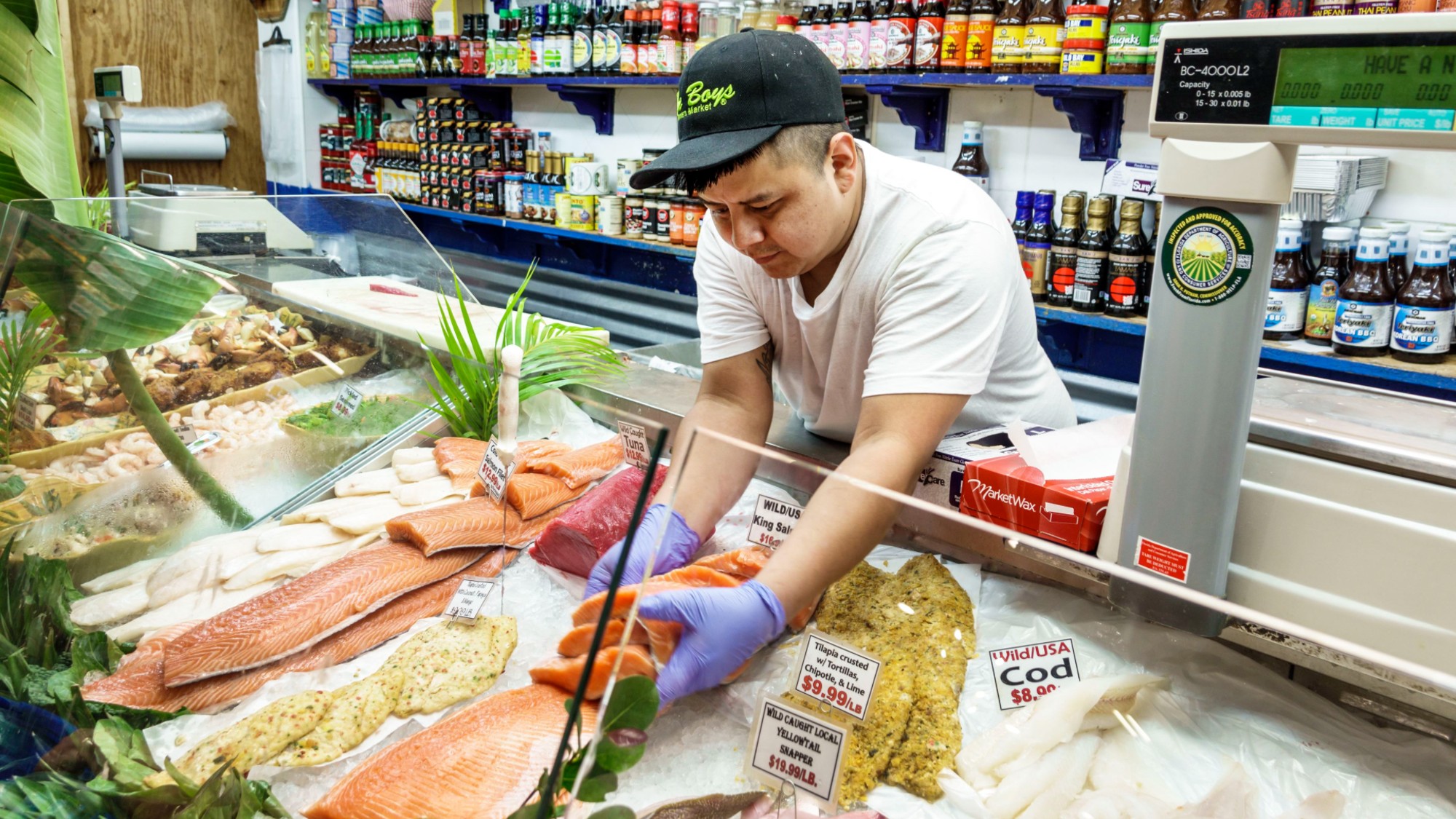 ‘Latinos bring a wealth of knowledge and cultural connection to the ocean’
‘Latinos bring a wealth of knowledge and cultural connection to the ocean’Instant Opinion Opinion, comment and editorials of the day
-
 Why is Donald Trump suddenly interested in Sudan?
Why is Donald Trump suddenly interested in Sudan?Today's Big Question A push from Saudi Arabia’s crown prince helped
-
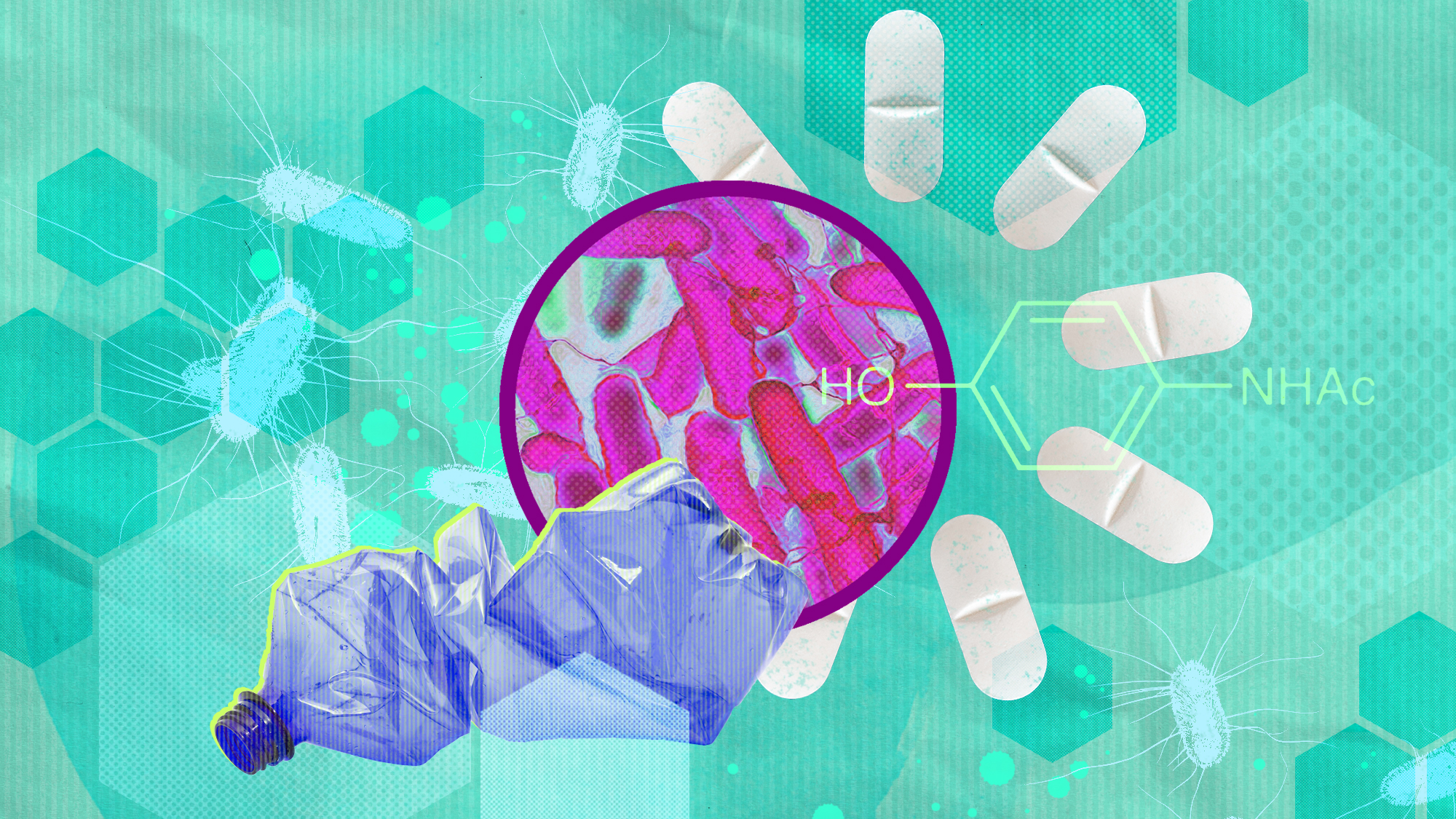 Bacteria can turn plastic waste into a painkiller
Bacteria can turn plastic waste into a painkillerUnder the radar The process could be a solution to plastic pollution
-
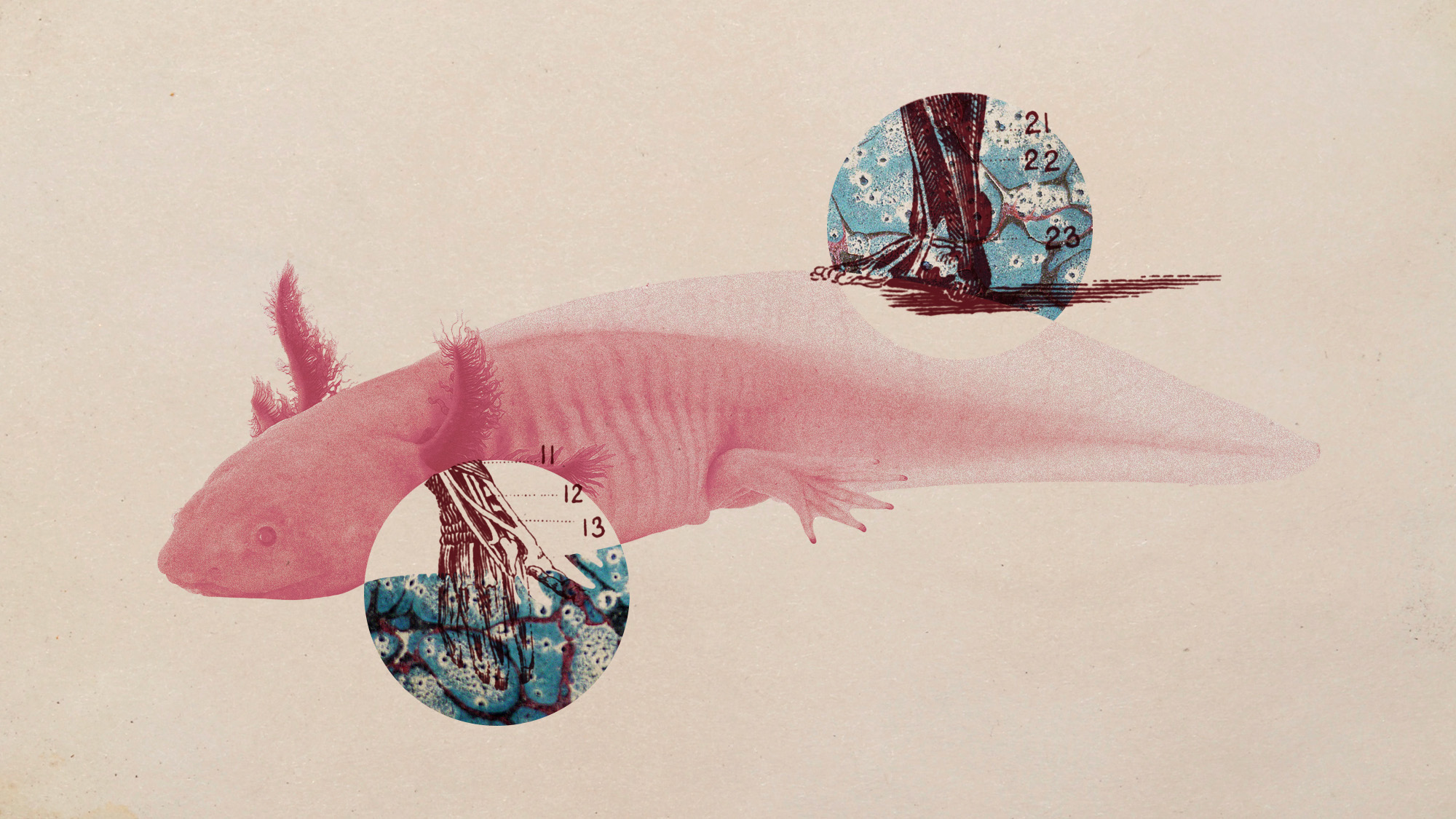 Scientists want to regrow human limbs. Salamanders could lead the way.
Scientists want to regrow human limbs. Salamanders could lead the way.Under the radar Humans may already have the genetic mechanism necessary
-
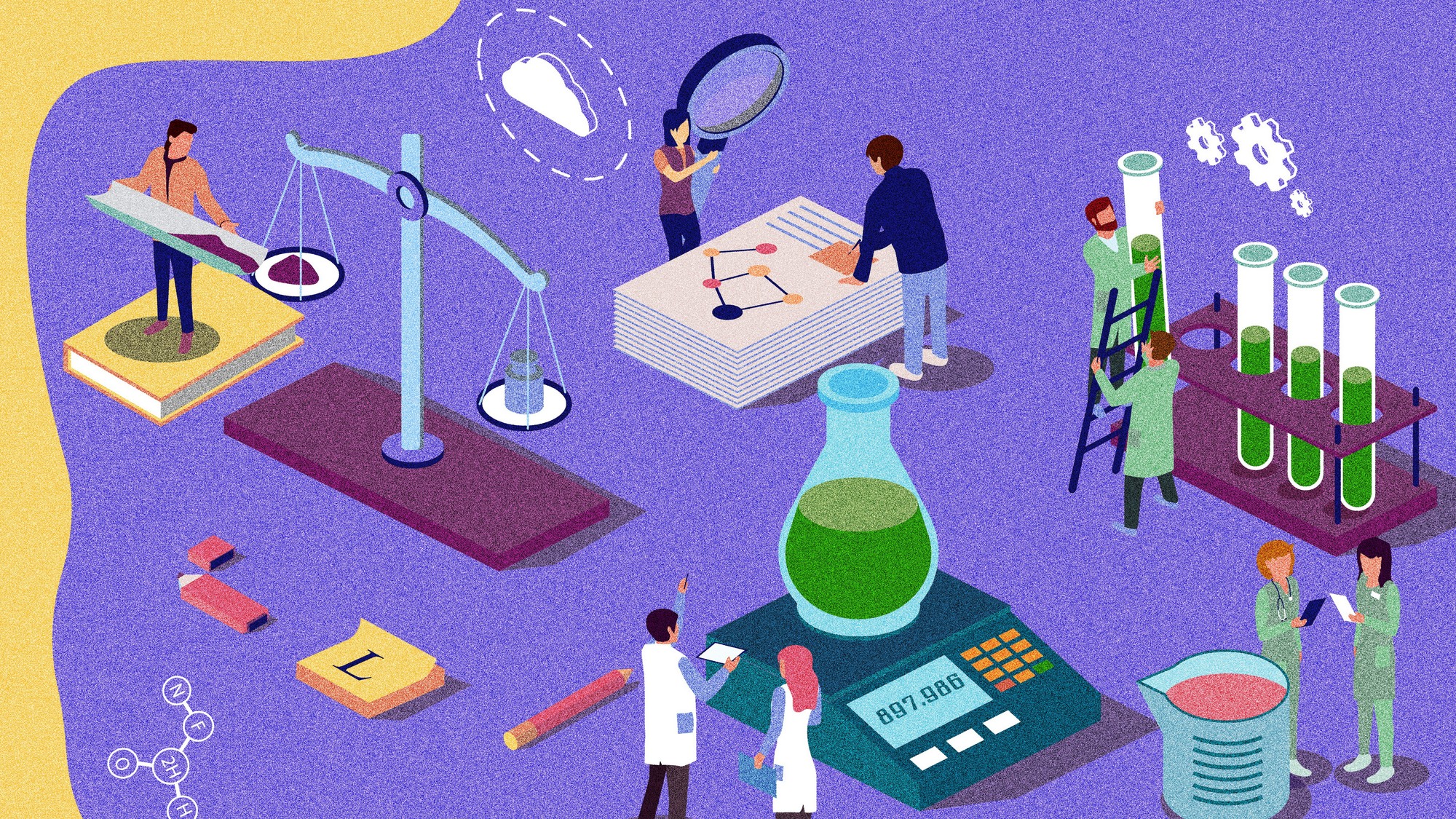 Is the world losing scientific innovation?
Is the world losing scientific innovation?Today's big question New research seems to be less exciting
-
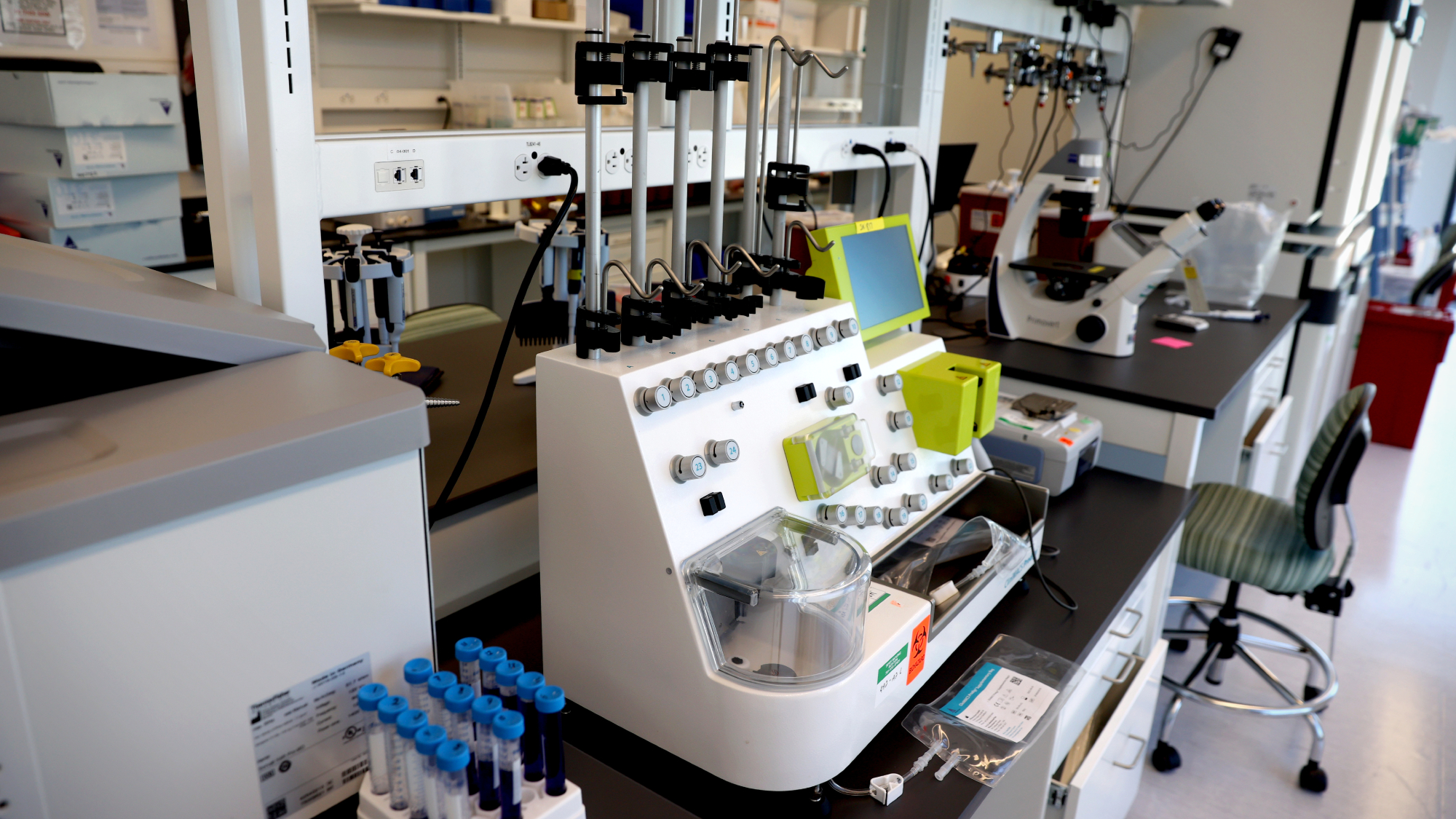 Breakthrough gene-editing treatment saves baby
Breakthrough gene-editing treatment saves babyspeed read KJ Muldoon was healed from a rare genetic condition
-
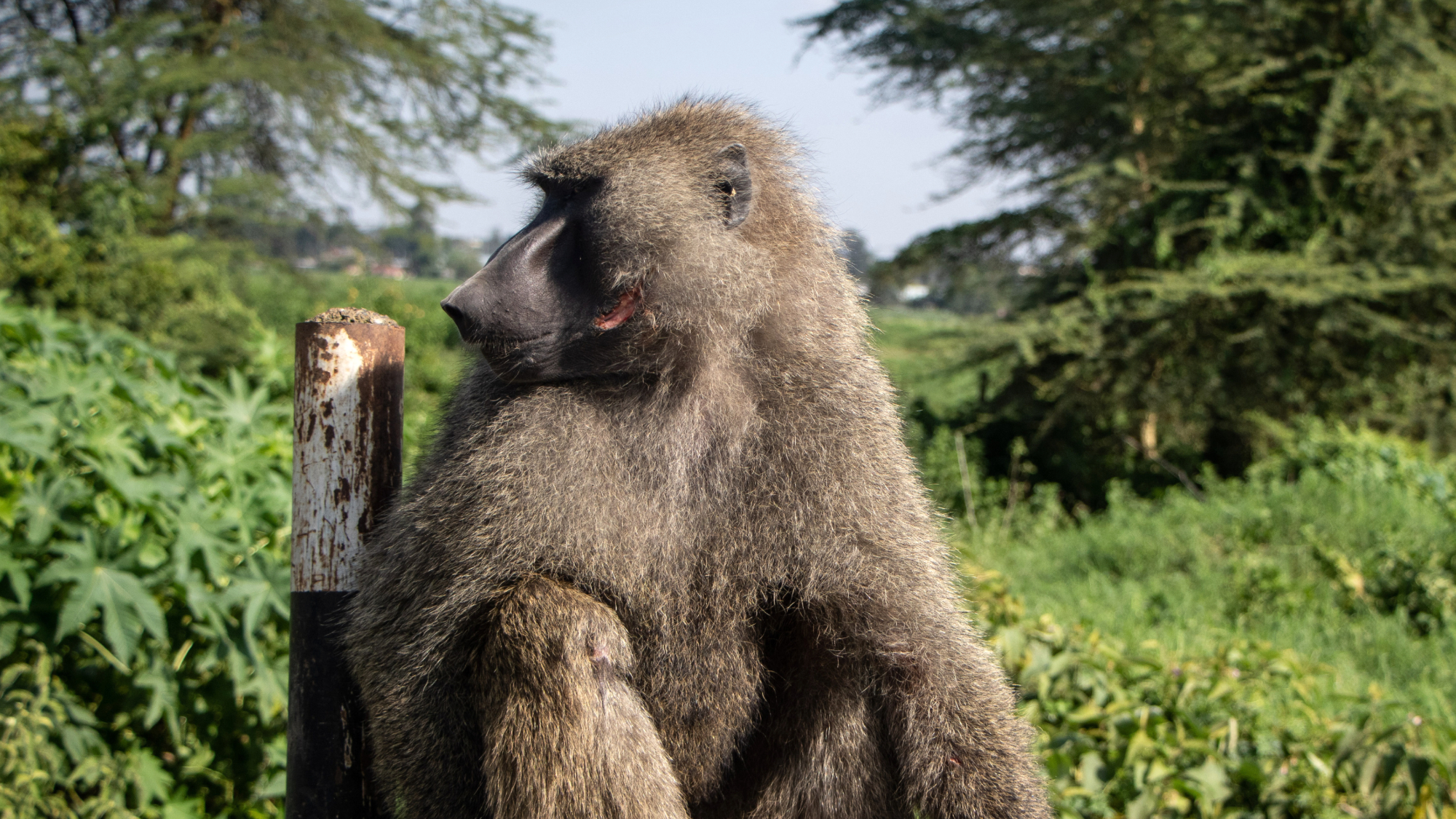 Humans heal much slower than other mammals
Humans heal much slower than other mammalsSpeed Read Slower healing may have been an evolutionary trade-off when we shed fur for sweat glands
-
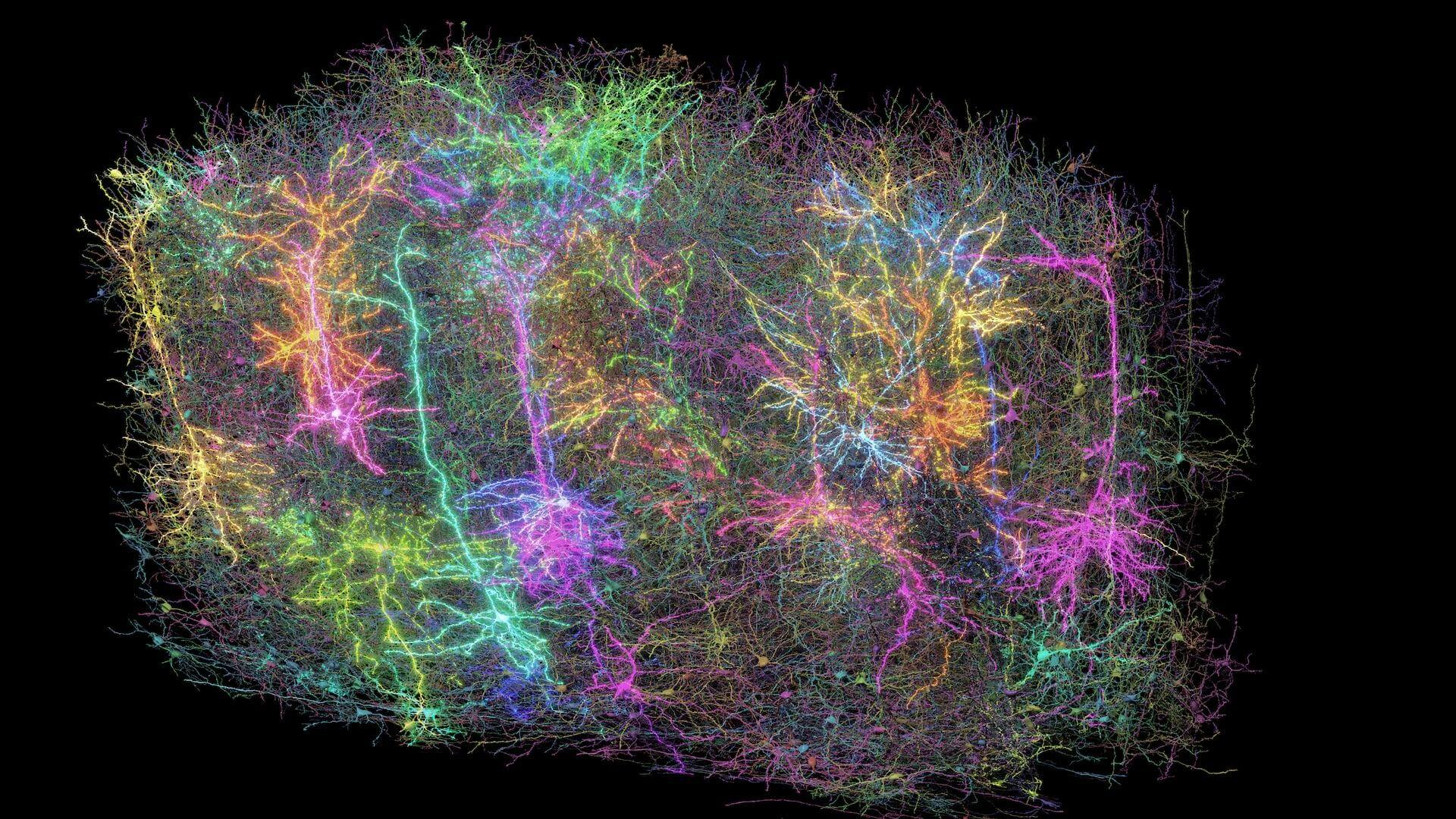 Scientists map miles of wiring in mouse brain
Scientists map miles of wiring in mouse brainSpeed Read Researchers have created the 'largest and most detailed wiring diagram of a mammalian brain to date,' said Nature
-
 Scientists genetically revive extinct 'dire wolves'
Scientists genetically revive extinct 'dire wolves'Speed Read A 'de-extinction' company has revived the species made popular by HBO's 'Game of Thrones'
-
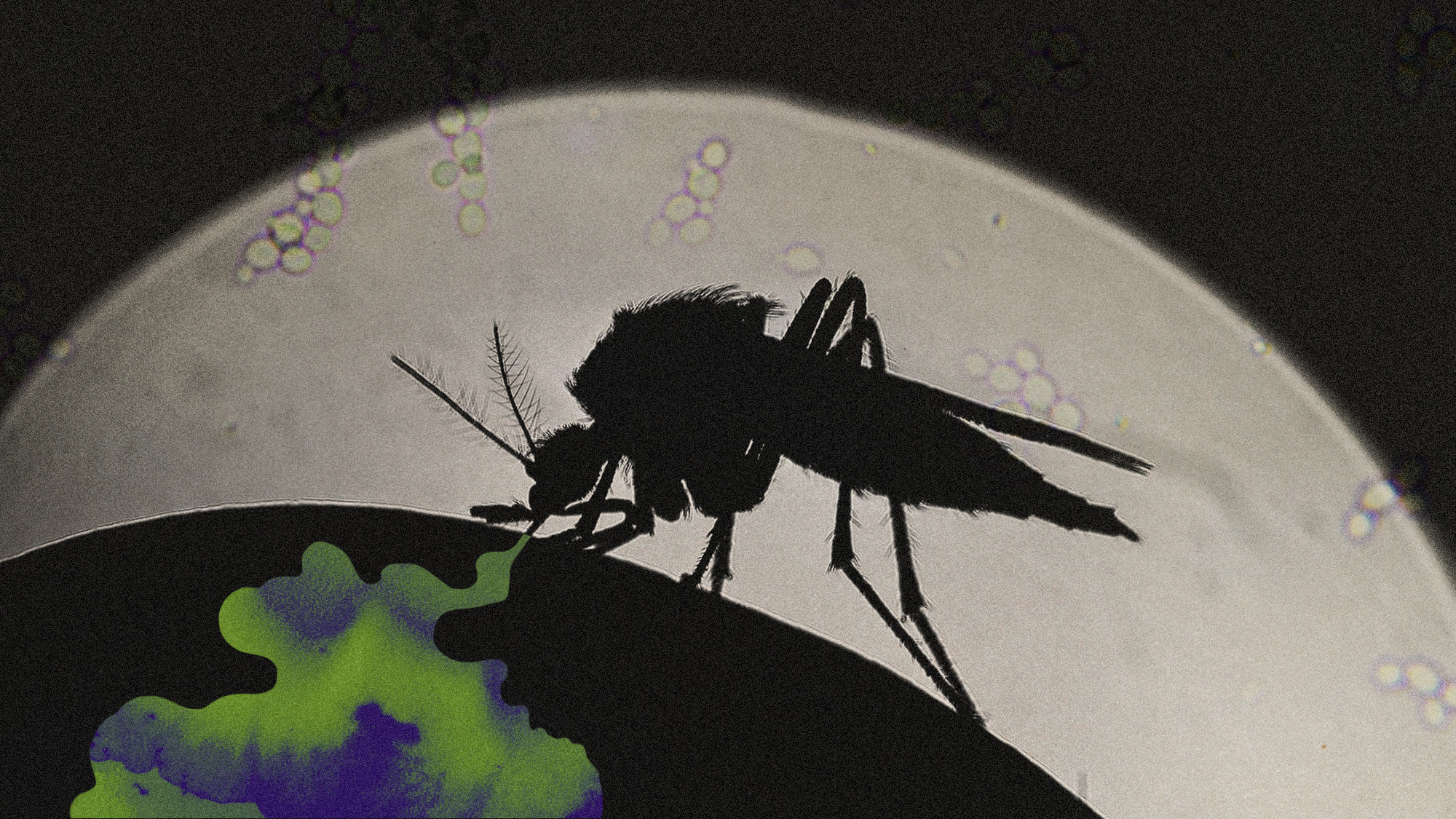 Scientists want to fight malaria by poisoning mosquitoes with human blood
Scientists want to fight malaria by poisoning mosquitoes with human bloodUnder the radar Drugging the bugs